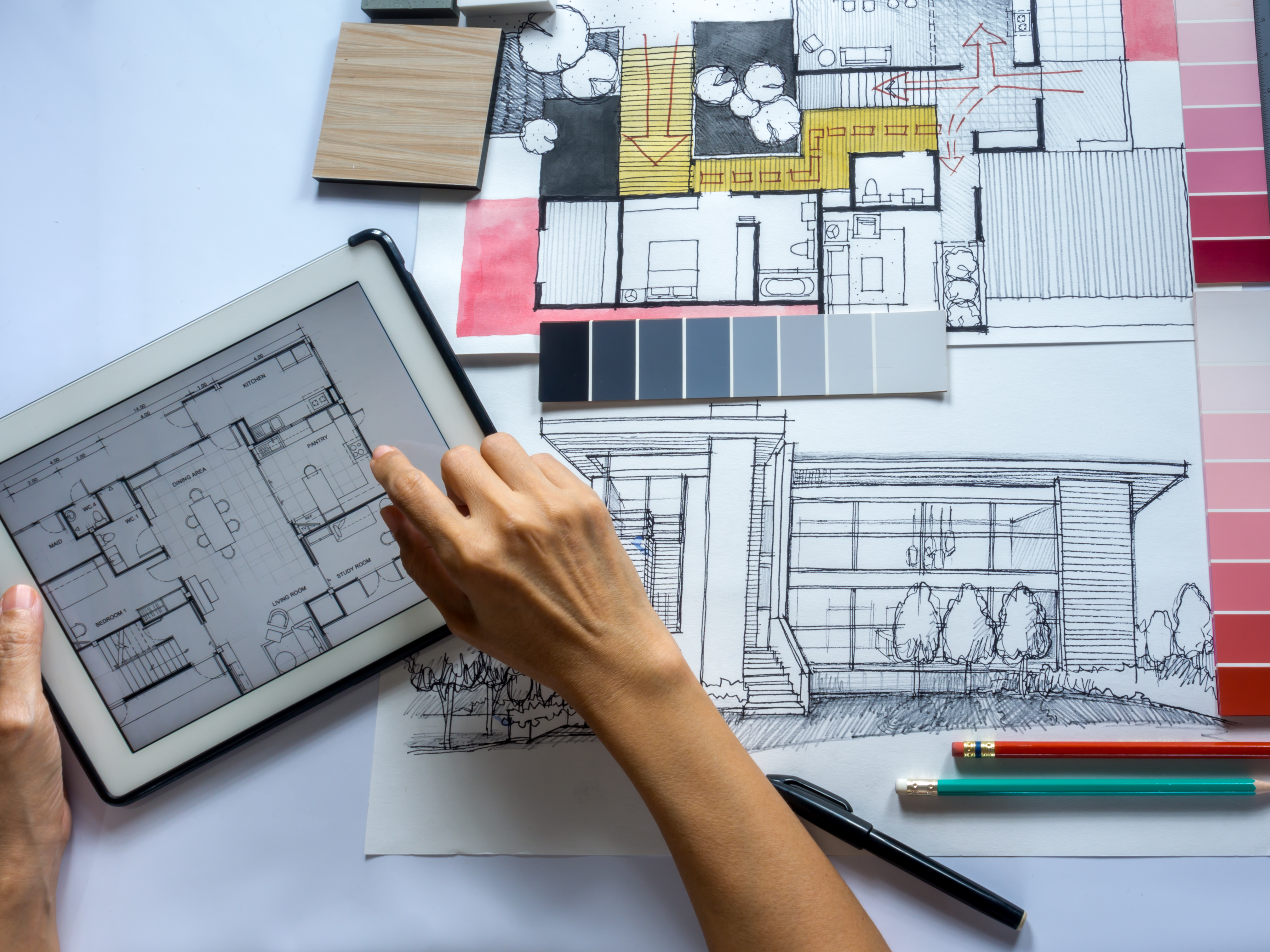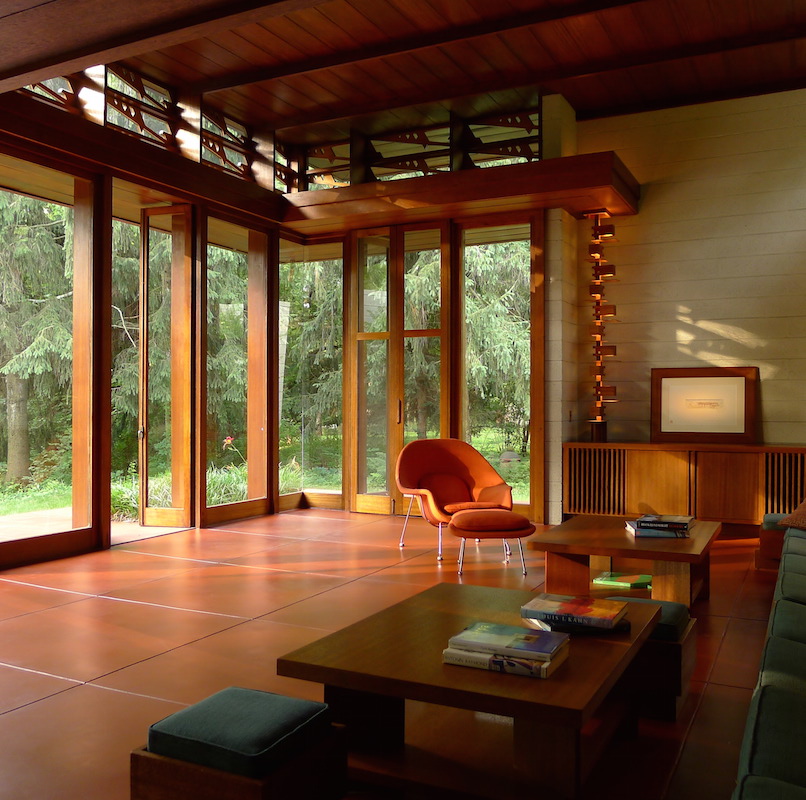The Art of Equilibrium: How Interior Design and Home Designer Collaborate for Stunning Outcomes
In the world of home layout, striking a balance between appearances and functionality is no small feat. This delicate balance is accomplished via the unified cooperation in between indoor developers and architects, each bringing their special proficiency to the table. The result? Rooms that are not just visually magnificent yet also very livable. This perfect blend is not always very easy to acquire. Stick with us as we discover the intricacies of this collaborative procedure and its transformative effect on home style.
Comprehending the Core Differences In Between Inside Design and Home Architecture
While both interior style and home design play necessary duties in creating visually pleasing and practical rooms, they are naturally different self-controls. It deals with the 'bones' of the framework, working with spatial dimensions, load-bearing walls, and roof covering designs. On the other hand, interior style is extra concerned with enhancing the sensory and aesthetic experience within that framework.
The Harmony Between Home Architecture and Interior Style
The harmony in between home architecture and Interior Design hinges on a shared vision of style and the improvement of useful looks. When these 2 areas straighten harmoniously, they can transform a home from ordinary to remarkable. This cooperation requires a deeper understanding of each self-control's concepts and the capability to create a natural, cosmetically pleasing environment.
Unifying Style Vision
Merging the vision for home design and Interior Design can develop an unified home that is both functional and visually pleasing. The equilibrium starts with an incorporated mindset; architects and indoor designers team up, each bringing their know-how. This unison of concepts develops the style vision, a plan that guides the job. This shared vision is important for consistency throughout the home, guaranteeing a fluid change from outside design to interior spaces. It promotes a collaborating technique where building elements enhance Interior Design elements and vice versa. The outcome is a cohesive home that reflects the home owner's taste, personality, and way of living. Therefore, unifying the layout vision is vital in blending architecture and Interior Design for sensational outcomes.
Enhancing Useful Looks
Just how does the synergy between home architecture and Interior Design boost functional visual appeals? This harmony enables the creation of areas that are not only visually attractive yet also easily useful. Engineers lay the groundwork with their structural design, guaranteeing that the space is efficient and functional. The indoor developer then matches this with very carefully picked aspects that enhance the aesthetic appeals without compromising the capability. This harmonious collaboration can lead to homes that are both attractive and liveable. An architect may design a home with big windows and high ceilings. The interior designer can then emphasize these functions with high plants and sheer drapes, respectively, hence enhancing the aesthetic appeal while keeping the useful advantages my site of natural light and spaciousness.
Importance of Collaboration in Creating Balanced Spaces
The partnership in between indoor designers and architects is essential in creating well balanced rooms. It brings harmony in between design and design, bring to life areas that are not just cosmetically pleasing yet also functional. Discovering successful collaborative techniques can offer understandings right into exactly how this synergy can be efficiently attained.
Harmonizing Layout and Style
Balance, an important aspect of both interior layout and style, can only really be achieved when these 2 areas work in harmony. This collaborative procedure results in a natural, balanced design where every component has an objective and contributes to the total visual. Balancing style and architecture is not simply regarding creating gorgeous rooms, however regarding crafting spaces that function perfectly for their inhabitants.
Effective Collective Strategies

Case Researches: Successful Assimilation of Design and Style
Examining a number of situation researches, it becomes obvious exactly how the effective assimilation of interior design and design can change a room. Engineer Philip Johnson and interior designer Mies van der Rohe collaborated to produce a harmonious equilibrium in between the interior and the structure, resulting in a seamless flow from the exterior landscape to the inner living quarters. These situation research studies highlight the extensive influence of an effective layout and style collaboration.

Overcoming Obstacles in Style and Style Partnership
Regardless of the undeniable benefits of a successful collaboration between indoor layout and style, it is not without its obstacles. Designers may prioritize structural integrity and safety, while designers focus on convenience and design. Reliable interaction, shared understanding, and concession are vital to get rid of these obstacles and achieve a effective and unified collaboration.

Future Trends: The Progressing Relationship In Between Home Architects and Inside Designers
As the world of home layout proceeds to advance, so does the partnership in between engineers and indoor developers. here On the other hand, interior designers are embracing technical facets, affecting general design and performance. The future promises a more natural, cutting-edge, and flexible technique to home design, as developers and designers continue to blur the lines, cultivating a partnership that genuinely embodies the art of balance.
Verdict
The art of equilibrium in home design is achieved via the unified partnership between indoor developers and architects. An understanding of each various other's self-controls, effective interaction, and shared vision are vital in producing visually magnificent, practical, and welcoming areas. Despite challenges, this collaboration promotes development and development in layout. As the partnership in between home architects and indoor designers advances, it will remain to shape future fads, enhancing convenience, efficiency, and individual expression in our living spaces.
While both indoor design and home design play crucial roles in producing aesthetically pleasing and practical areas, they are naturally different self-controls.The harmony in between home architecture and indoor layout lies in a shared vision of style and the improvement of useful visual appeals.Combining the vision for home style and indoor design can produce a harmonious living area that is both practical and visually pleasing. Hence, unifying the design vision is important in mixing style and interior design for sensational outcomes.
How does the harmony in between home design and indoor style improve functional appearances? (Winchester architect)